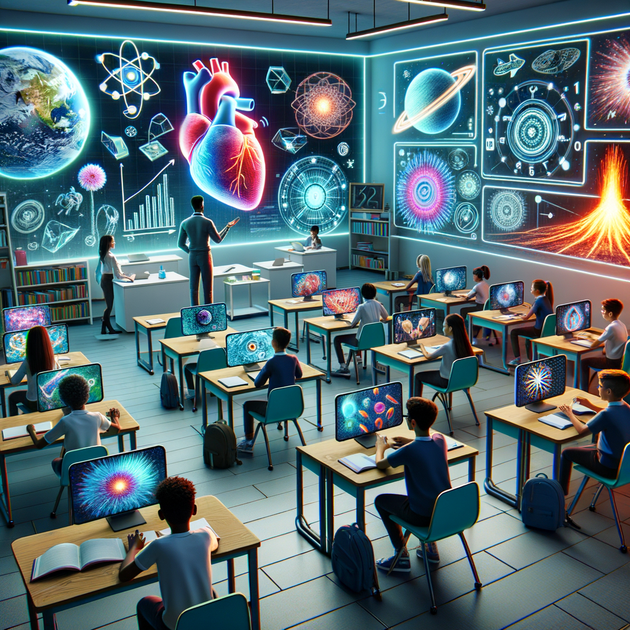Revolutionizing Education: How AR-Enabled 3D Teaching Aids Transform Learning Experiences
Imagine a classroom where students can interact with a beating heart, explore the solar system, or watch a volcano erupt—all without leaving their desks. Welcome to the future of education, made possible by AR-enabled 3D teaching aids.
The Rise of Augmented Reality in Education
Augmented Reality (AR) is no longer a concept confined to science fiction or tech-savvy startups. It has entered the mainstream, with applications spanning from gaming to retail, and now, education. Today, educators are leveraging AR to create immersive learning experiences that can enhance student engagement and comprehension.
What Are AR-Enabled 3D Teaching Aids?
AR-enabled 3D teaching aids are interactive tools that blend digital information with the physical world, allowing students to visualize and manipulate complex concepts in real time. These aids typically require a smartphone, tablet, or AR headset to superimpose digital content onto real-world objects.
Example: A biology teacher might use an AR app to display a 3D model of a cell, which students can rotate, zoom into, and dissect, enhancing their understanding of cell anatomy and functions.
Why AR-Enabled 3D Teaching Aids Are Game-Changers
Enhanced Engagement and Retention
Studies have shown that students are more likely to retain information when they interact with the material. AR provides a multisensory experience, making complex concepts easier to understand and remember.
Personalized Learning
AR allows for customizable content that can be tailored to individual learning styles and paces. For instance, visual learners may benefit from 3D models, while kinesthetic learners can manipulate objects to understand physical principles.
Real-World Applications
AR bridges the gap between theoretical knowledge and practical application. For example, medical students can practice surgical procedures using AR simulations, gaining confidence and skills without the risks associated with real-life practice.

Case Studies and Real-World Examples
Medical Education
Universities are incorporating AR to train future doctors and nurses. The University of California has developed an AR app that allows students to visualize human anatomy in 3D, enabling a deeper understanding of the human body.
Quote from an Expert: “AR has transformed the way we teach and learn anatomy. Students can now explore the human body in a way that simply wasn’t possible before,” says Dr. Sarah Thompson, a professor of anatomy.
K-12 Classrooms
Elementary and high schools are also reaping the benefits of AR. The Brookline School District in Massachusetts has introduced AR to teach subjects ranging from history to mathematics, resulting in improved test scores and student engagement.
Implementing AR in Your Classroom
Choosing the Right Tools
Several platforms offer AR educational tools, including Google Expeditions, Merge Cube, and AR Learn. Evaluate these options based on your curriculum needs, budget, and technical capabilities.
Training and Support
It’s essential to provide adequate training for teachers and students to maximize the effectiveness of AR tools. Many vendors offer comprehensive training programs and ongoing support.
Assessing Impact
Regularly evaluate the impact of AR tools on student learning outcomes. Use surveys, assessments, and feedback to make informed adjustments and improvements.
The Future of AR in Education
As technology evolves, the potential for AR in education is limitless. From virtual science labs to historical reenactments, AR has the power to revolutionize how we teach and learn. By embracing this technology, educators can create dynamic, engaging, and impactful learning experiences for students of all ages.
What do you think about AR in education? Have you tried any AR tools in your classroom? Share your experiences and thoughts in the comments below!
